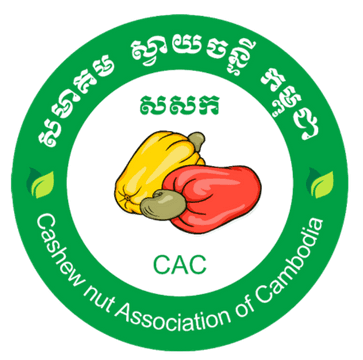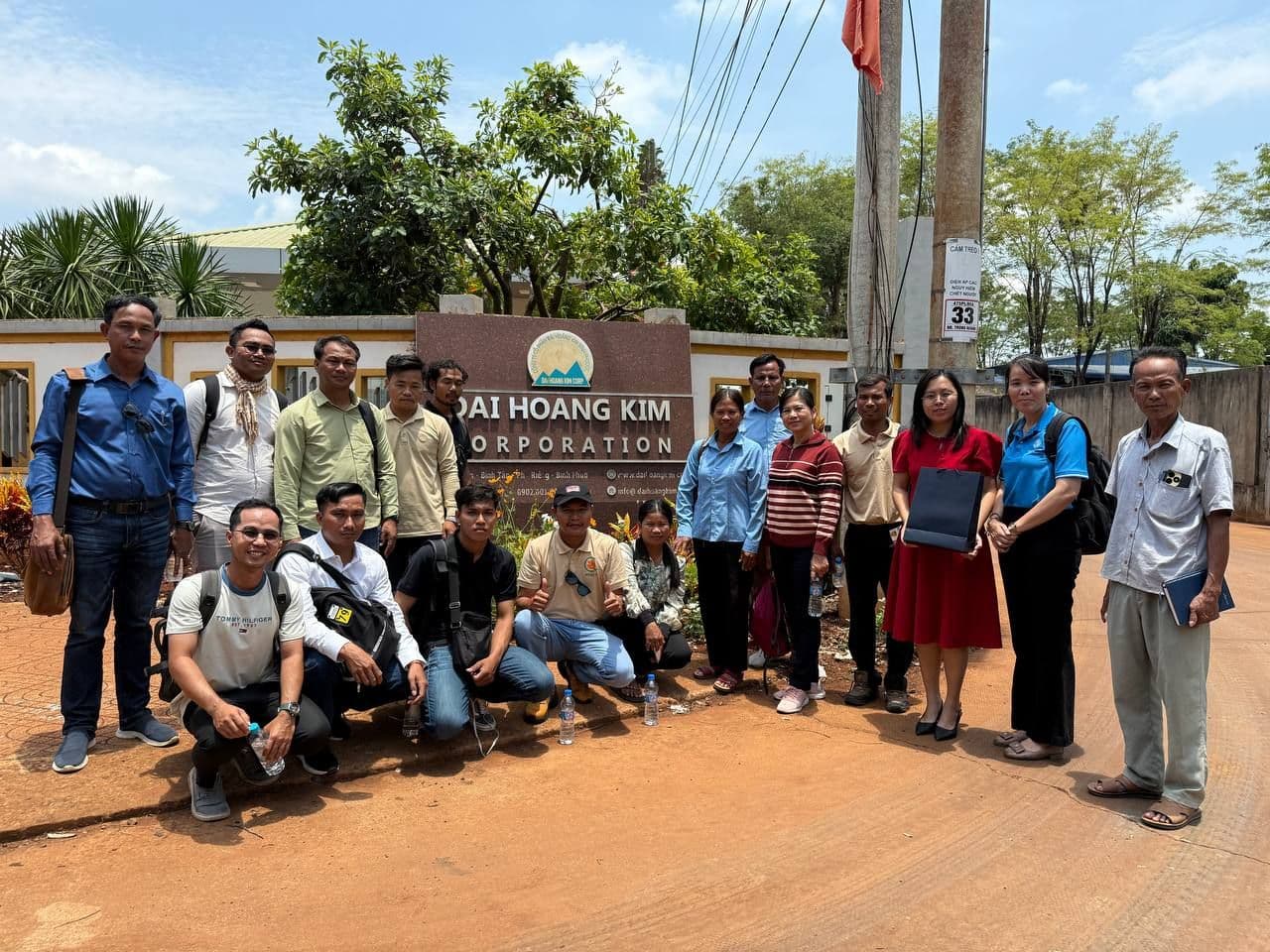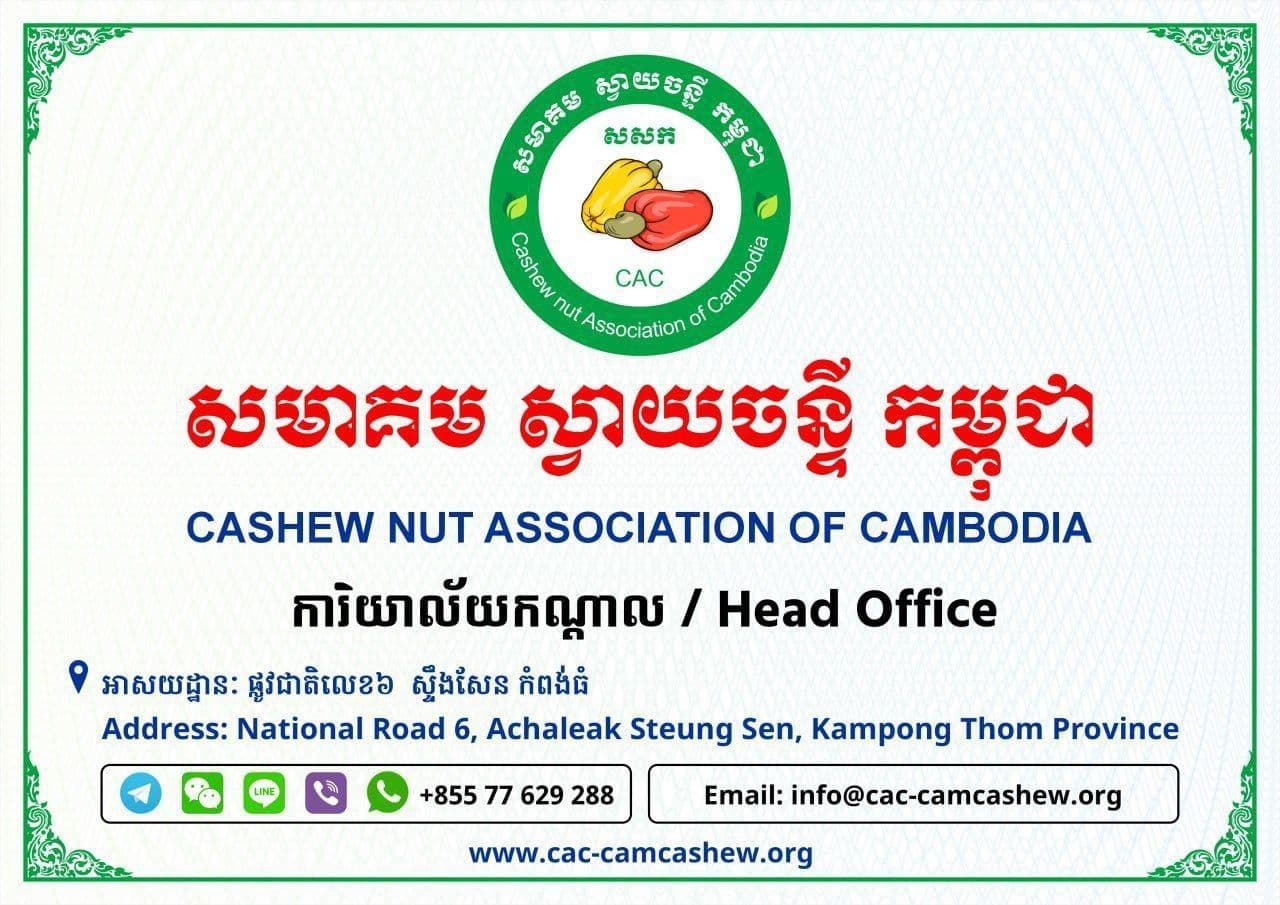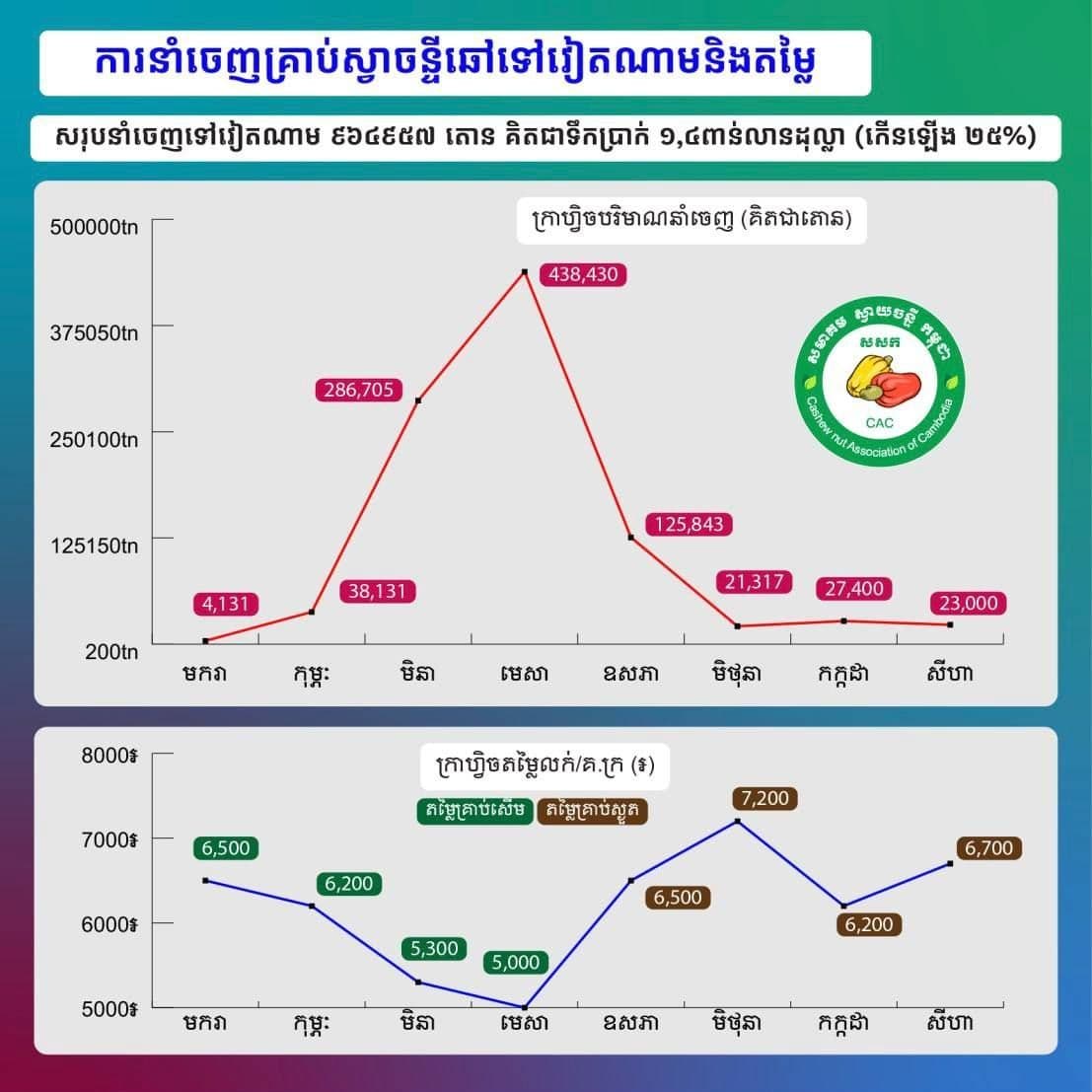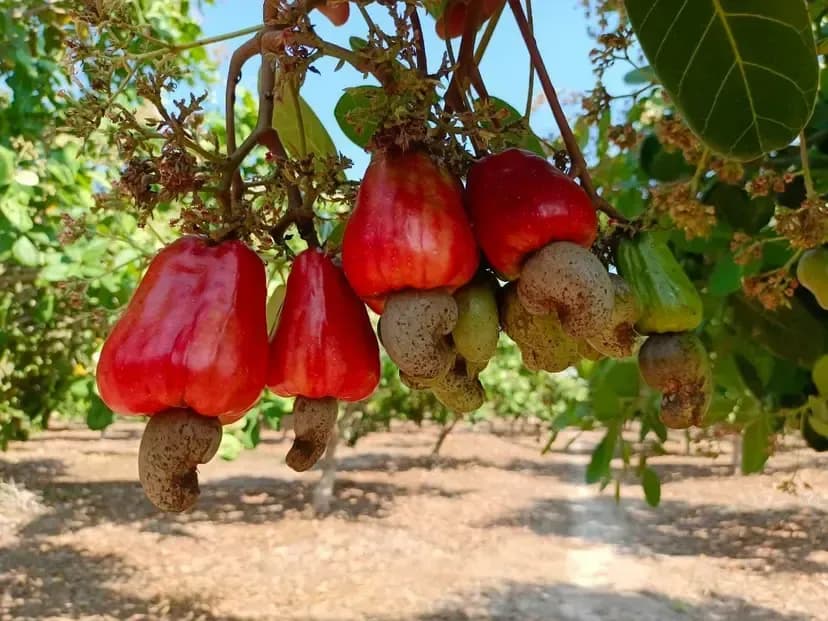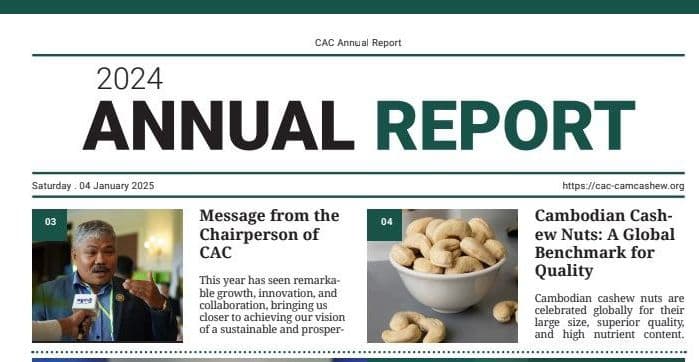Last month a delegation of nineteen Cambodian stakeholders—drawn from farmer cooperatives, local authorities, processors, NGOs and the Cashew Nut Association of Cambodia (CAC)—travelled to Bình Phước and Bình Dương, the heart of Vietnam’s cashew industry, for a three-day learning mission organised under the Agro-ecology and Safe food System Transitions (ASSET) project. The visit was designed to deepen our understanding of agro-ecological crop-protection, intercrop systems, modern processing technologies and the research architecture that underpins Vietnam’s impressive productivity gains. What follows is a narrative account of the journey, the insights we gathered and a short set of recommendations for CAC’s leadership.
Why we went
Cambodia’s cashew sector is expanding rapidly, yet average on-farm yields remain low and local processing is still modest. Vietnam, by contrast, has built a globally competitive value chain rooted in high-yield varieties, cooperative governance, extensive mechanization and a strong research-extension backbone. The exchange, therefore, focused on four objectives:
- Observing agro-ecological practices, particularly the use of weaver ants and botanical pesticides, that allow producers to meet tightening residue standards
- Studying cocoa-cashew intercropping as a pathway to higher land productivity and diversified income
- benchmarking labour-saving machinery and factory-level certification systems; and
Forging research and seed-system linkages with the Vietnam Cashew Research & Development Centre.

What we saw and learned
What we saw and learned
Day 1 – Cocoa beneath the cashew canopy
Our first stop was Phu Vân Cooperative, where 100 farming households manage plots of one to four hectares. Twenty of these families have introduced cocoa between the rows of two-year-old cashew, producing a genuine symbiosis: fertiliser and irrigation applied to cocoa are shared by the cashew trees, lifting nut yields from less than one tonne per hectare to between 1.5 and three tonnes. Cocoa, meanwhile, provides fresh pods year-round—about 800 kilograms from 1.2 hectares every fifteen days—and earns an organic premium of roughly eight dollars per kilogram of dry beans. Success hinges on shade management, twice-weekly watering, and early pest control; termites and field crickets are kept at bay with lime pits and neem extracts.
That afternoon, we visited Quân Đạt, a family-scale processor that exports to China under HACCP and ISO certification. Although its peeling and packaging rooms were closed for sanitation, the visit underscored how even small factories can achieve compliance through disciplined record-keeping, basic traceability, and incremental upgrades rather than full automation.

Day 2 – From Weaver Ants to Automation
At Long Tân Cooperative, we climbed ladders to inspect thriving weaver-ant nests in the cashew canopy. Farmers reported lower pest pressure and are now working with third-party certifiers to secure organic and geographical-indication (GI) status, although quantitative yield data are still being collected.
In sharp contrast, the afternoon was spent at Dai Hoàng Kim Corporation, a machinery manufacturer that runs its 100-tonne-per-day processing plant. A handful of operators monitor high-capacity de-shelling lines, while the labour-intensive peeling stage is outsourced to specialist firms. Management explained that automation enables the factory to idle efficiently during spikes in raw-nut prices, resuming production when markets stabilise—something smaller, manual facilities struggle to do.
Day 3 – Diversified orchards and a research powerhouse
Our final field day began at S’Tiêng “Queen Farm,” an orchard that cultivates durian and other fruits without synthetic pesticides. Live-grass mulches protect the soil in conservation plots, whereas commercial blocks are kept bare to optimise fertiliser uptake, illustrating real-world trade-offs between agroecology and output maximisation.
The programme concluded at the Vietnam Cashew Research & Development Centre (VC RDC). As one of six crop-science hubs under the Southern Institute of Agricultural Science and Technology, the centre leads breeding, plant-health and processing research, and oversees the national seed system. Elite varieties such as PN1, AB29, and ĐĐH67-15 are distributed through accredited nurseries, while intensive management packages piloted in six provinces have lifted on-farm productivity by 22 to 55 percent over the past decade. Looking ahead to 2030 and beyond, the centre will invest heavily in biotechnology, high-quality grafted seedlings, and the training of scientific personnel.

Cross-cutting lessons for Cambodia
The Vietnamese experience shows that cocoa-cashew intercrops can significantly boost land productivity, provided water is assured and shade is maintained. Weaver ants and botanical sprays deliver acceptable pest control and position cooperatives for residue-free markets. Still, they require hands-on farmer training and the protection of ant nests throughout the season. Partial automation—especially high-throughput de-shellers—can cut labour costs by more than half and buffer factories against raw-nut price volatility. However, peeling and grading remain labour-intensive until outsourced. Finally, sustained gains in yield and quality depend on a robust seed system anchored in elite breeding lines, accredited nurseries, and long-term public–private research funding.
Recommendations
- Pilot intercrops: The Farmer should initiate a half-hectare cocoa-cashew demonstration block in Kampong Thom, complete with drip irrigation and a simple cost–benefit monitoring framework.
- Strengthen IPM capacity: Drawing on Long Tân’s example, the association could develop a short course on weaver-ant husbandry and botanical pesticides for member cooperatives.
- Explore certification pathways: Two cooperatives should undergo a pre-assessment for Organic and GI certification, clarifying audit requirements and costs.
- Mechanisation roadmap: A supplier matrix covering specifications, prices, and after-sales support for shelling machinery should be compiled, starting with Dai Hoàng Kim.
- Forge R&D ties: CAC is well placed to sign an MoU with VC RDC, focusing on elite-line nurseries, seed-quality control, and reciprocal researcher exchanges.
Closing note
Vietnam’s experience confirms that productivity leaps are possible when good genetics, disciplined agronomy, cooperative governance, and appropriate technology converge. With targeted pilots and strategic partnerships, Cambodia can chart a similar trajectory—boosting farmer incomes, strengthening local processors and enhancing the global reputation of Khmer cashew. The delegation stands ready to brief CAC’s leadership in greater detail and to help translate these insights into action on the ground.

